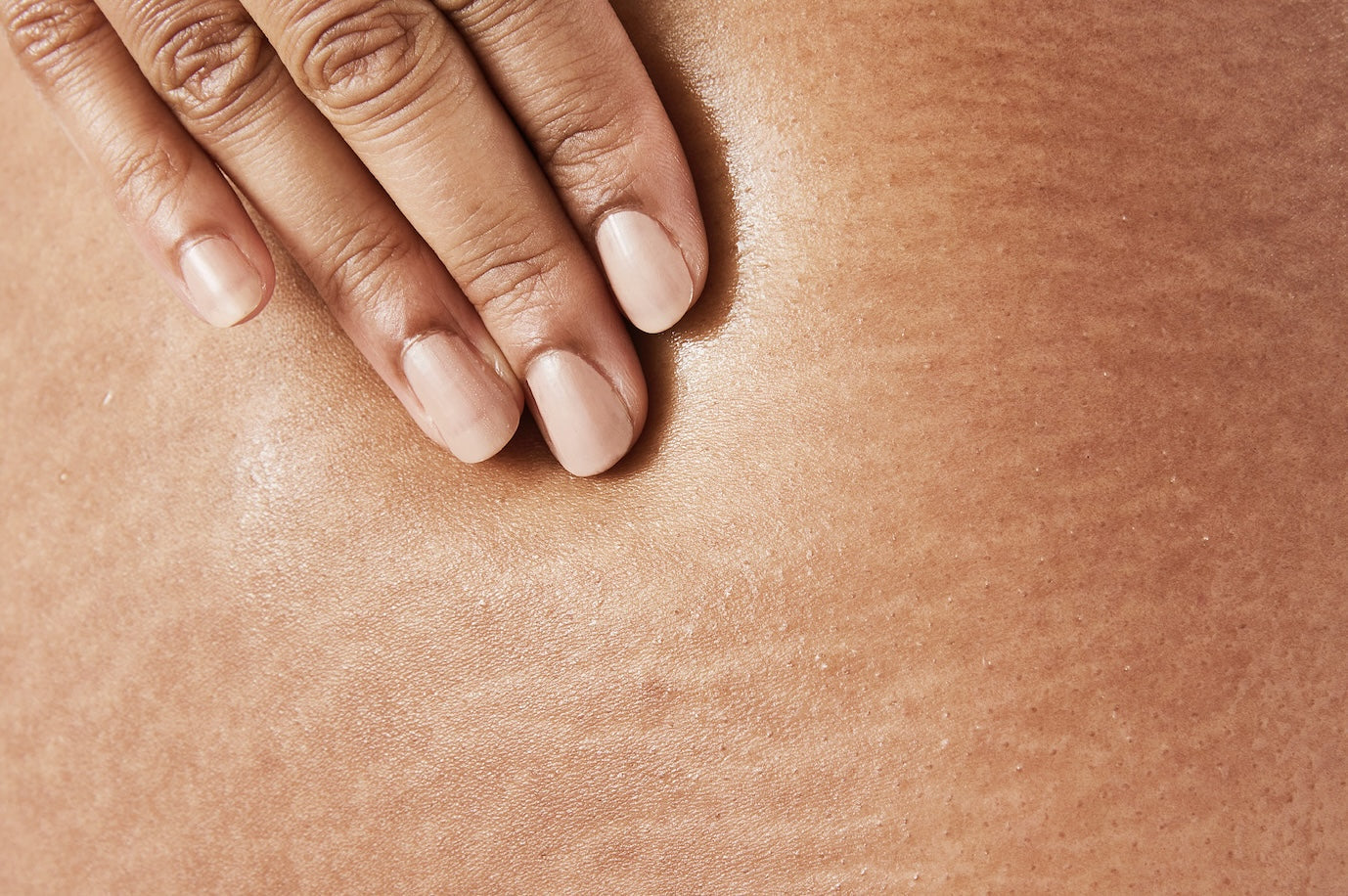How does interacting with animals impact our skin microbiome?
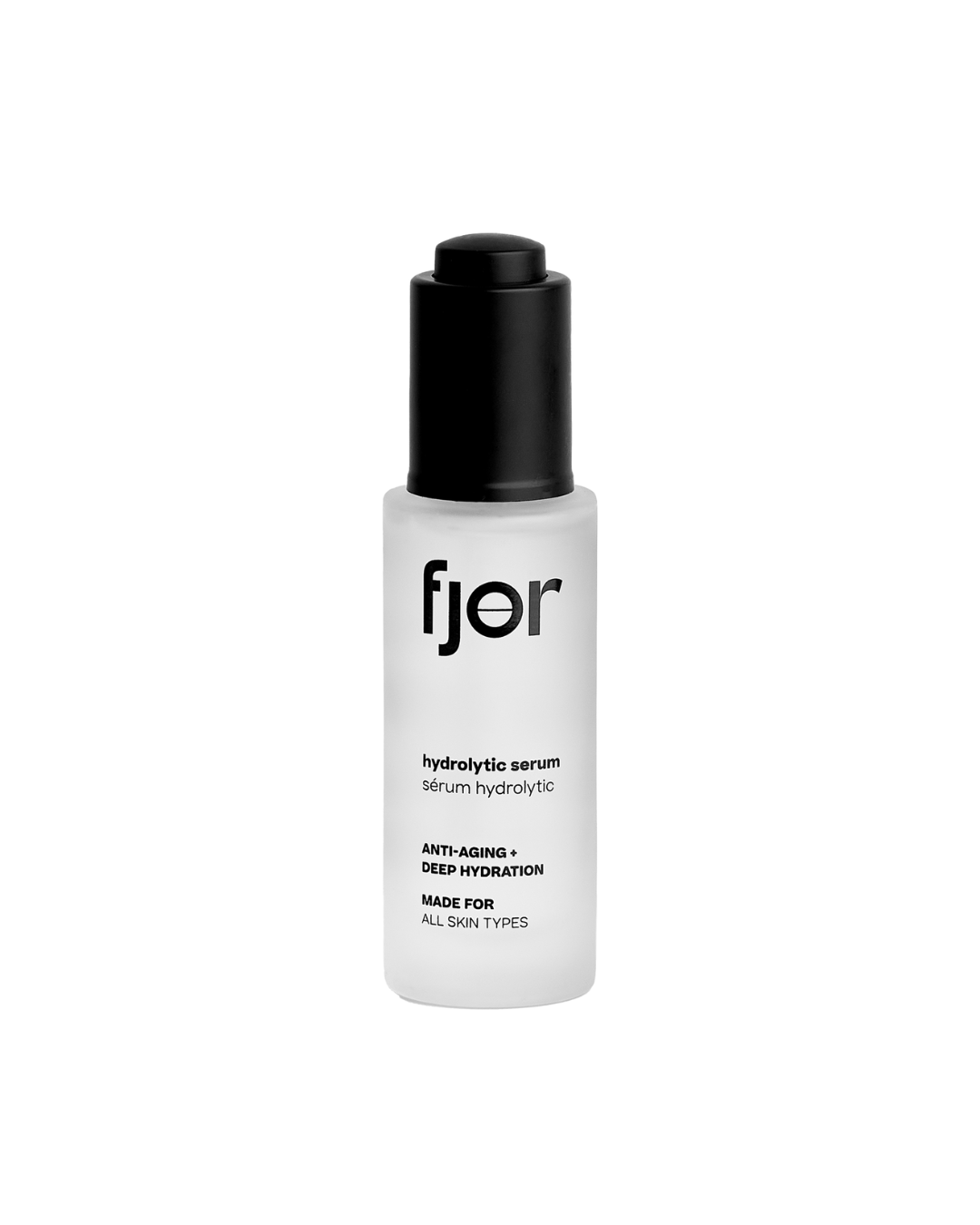
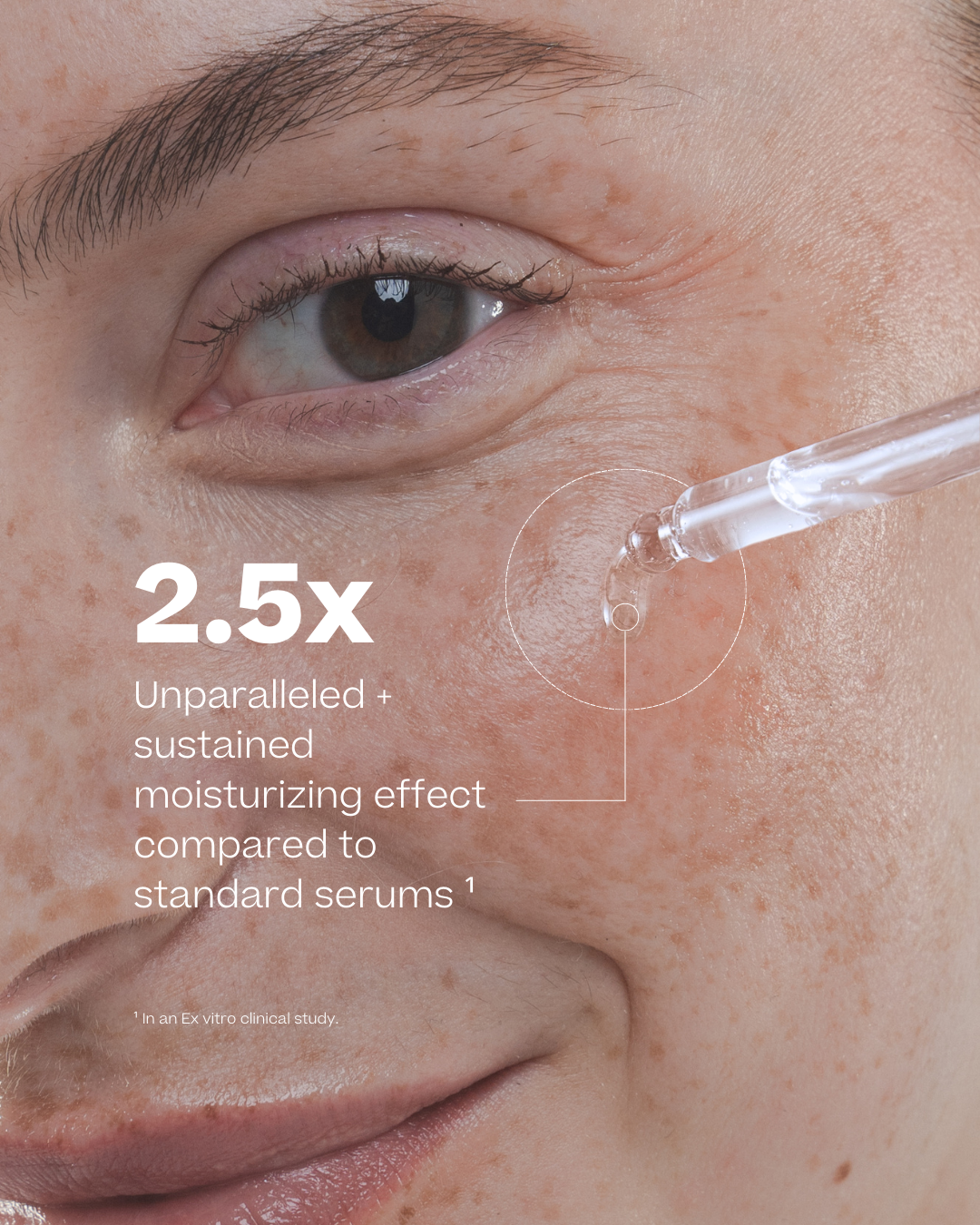
Hydrolytic® Serum
Lightweight anti-aging treatment
£110.00
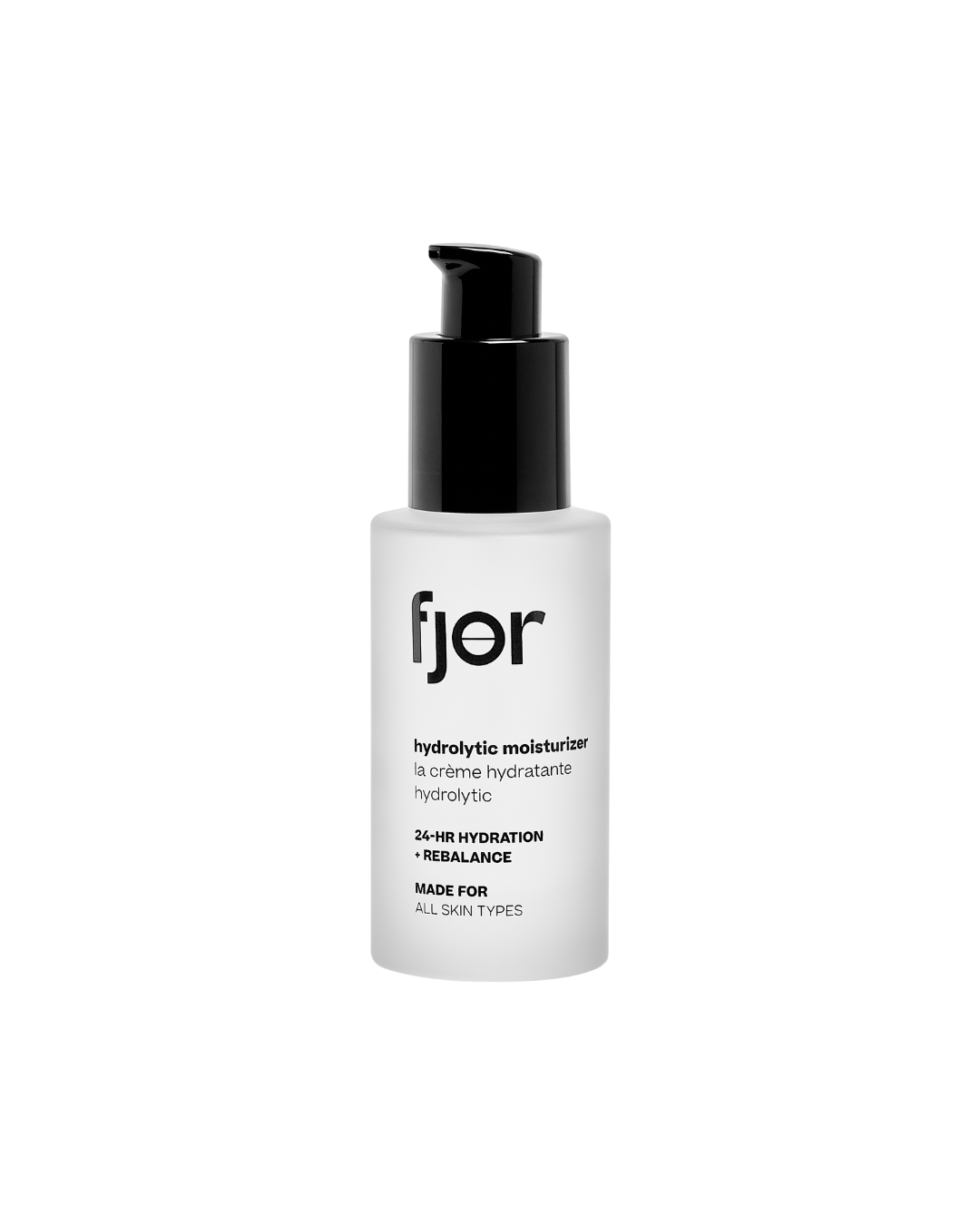
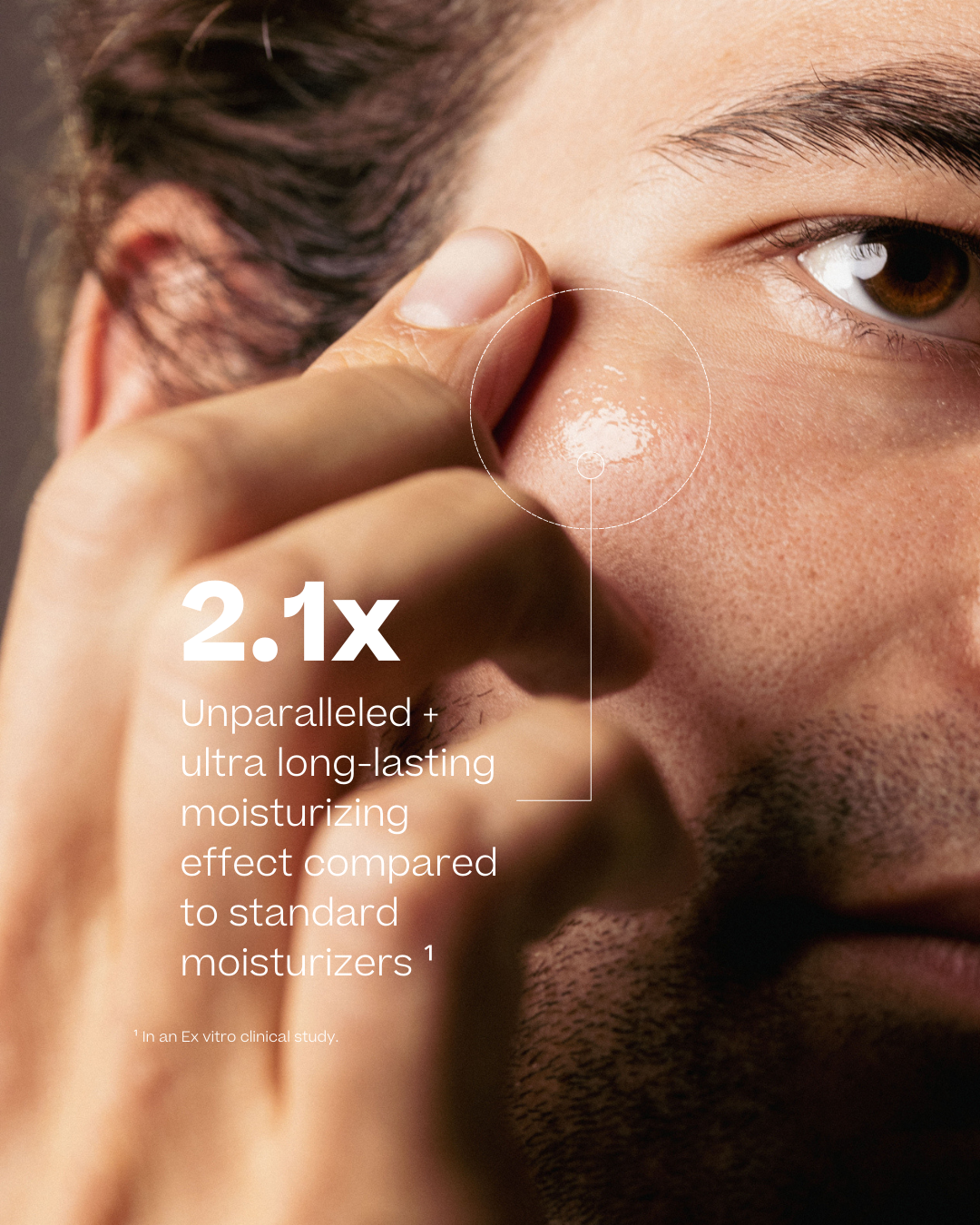
Hydrolytic® Moisturizer
Rich barrier-building hydrator
£55.00
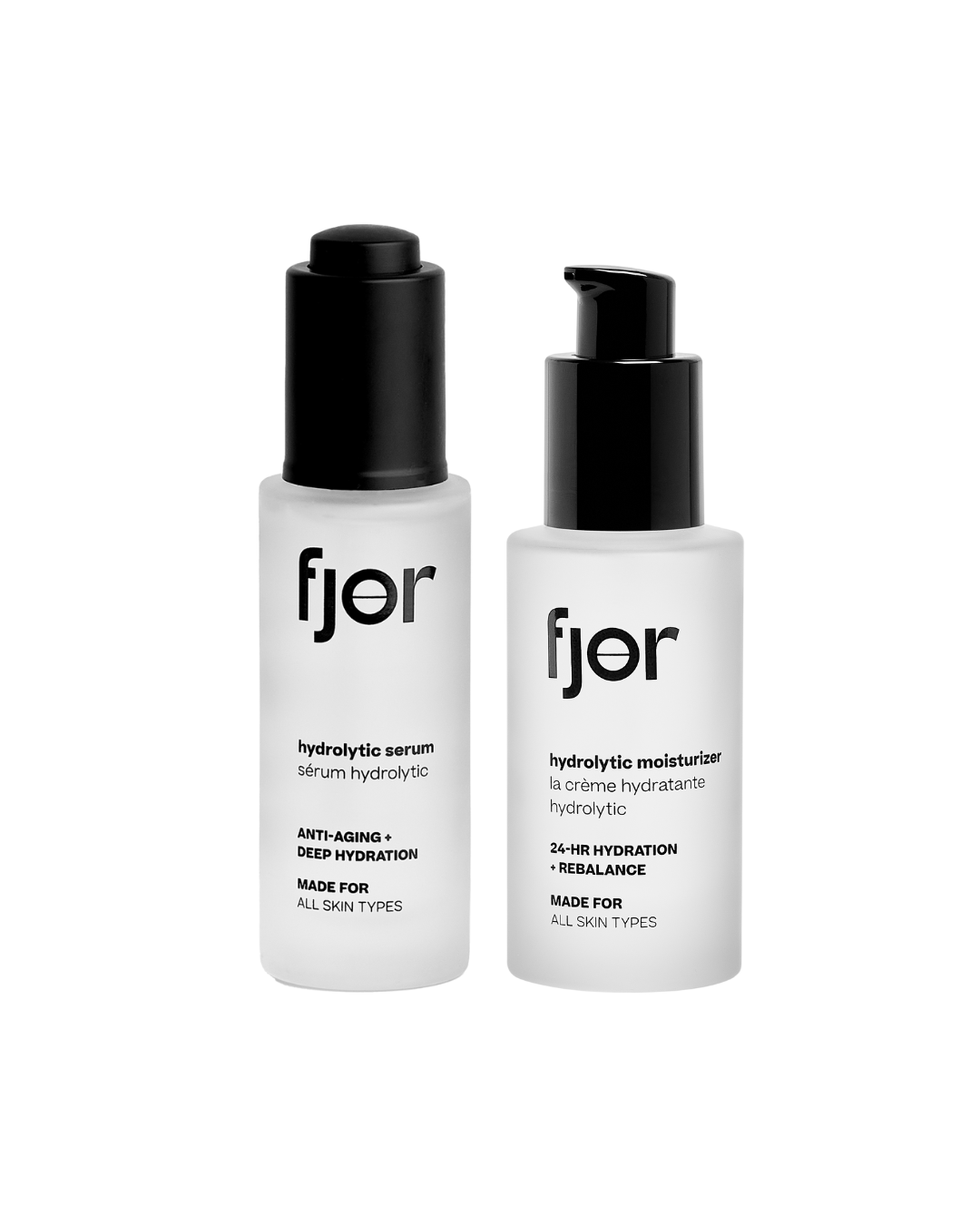
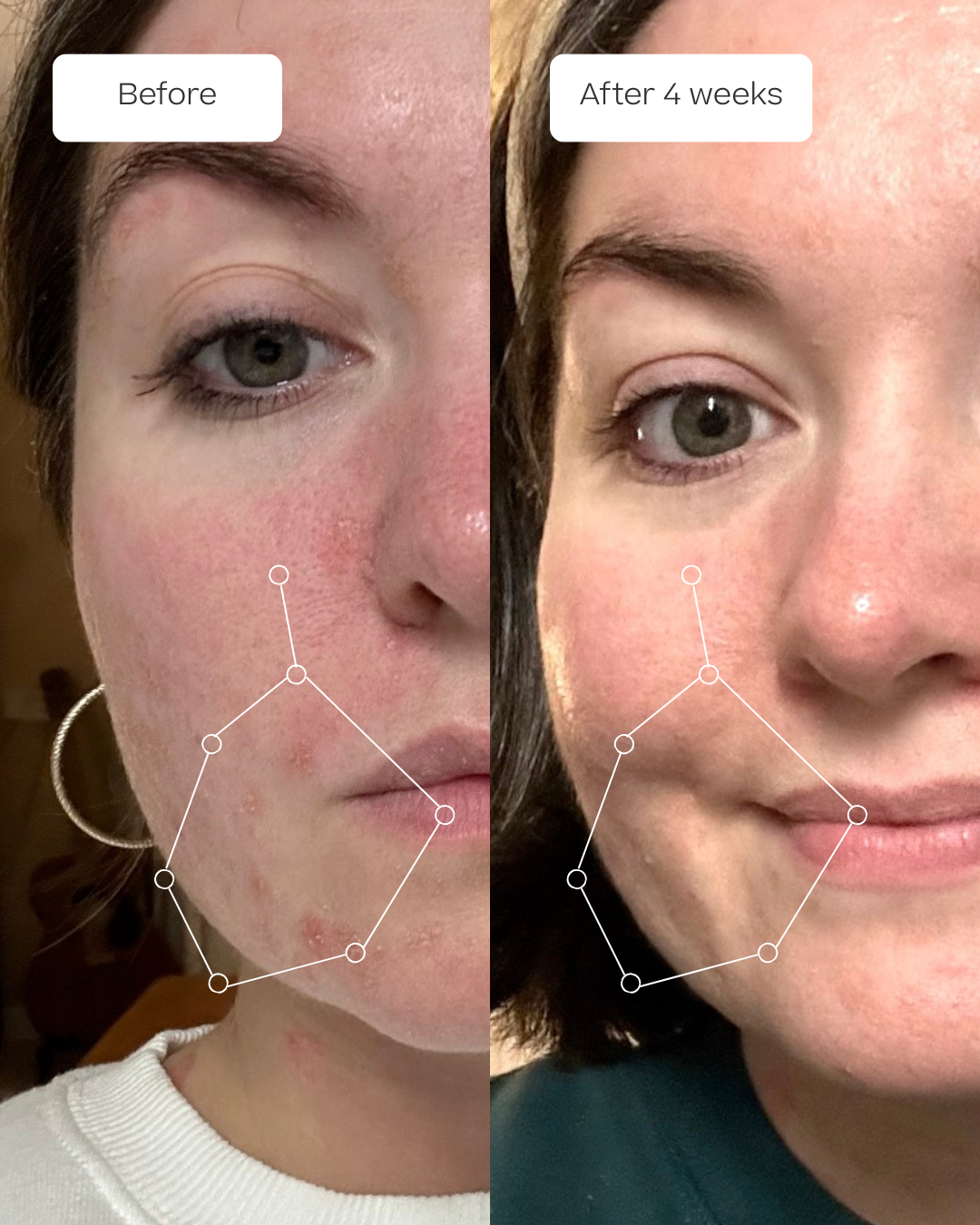
The Complete Routine
Hydrolytic® Serum + Moisturizer
£165.00 £148.00
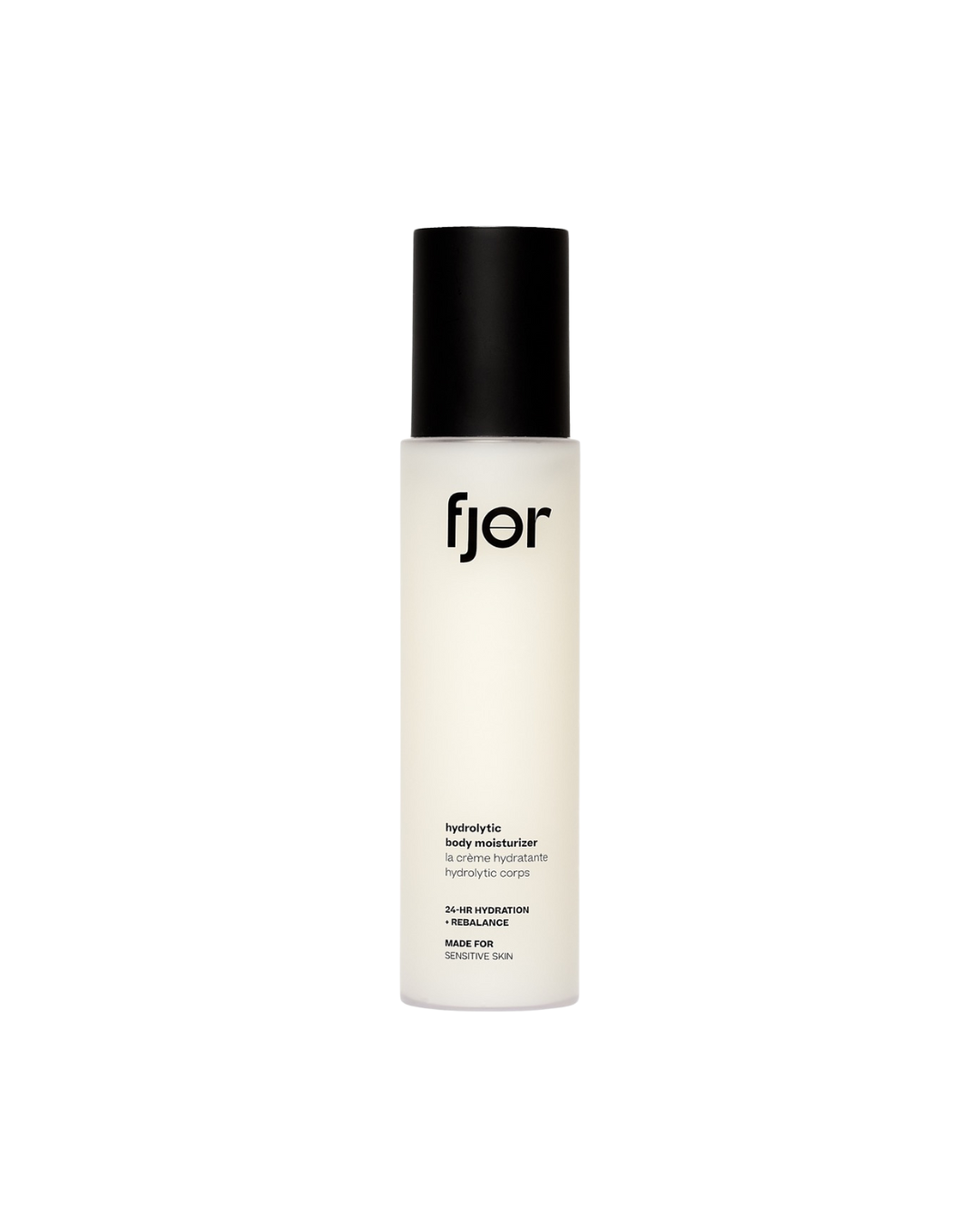
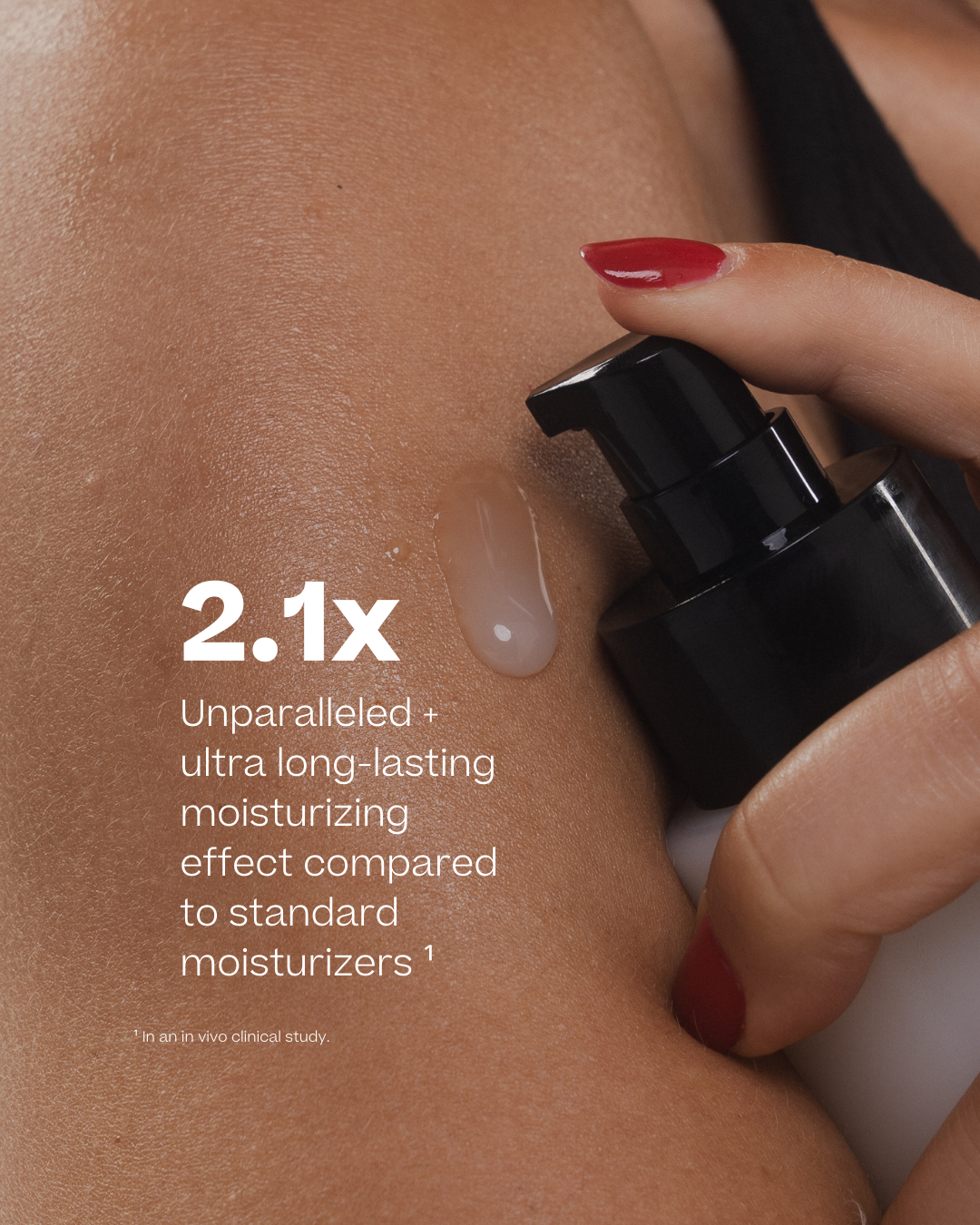
Hydrolytic® Body Moisturizer
Nourishing full-body repair
£89.00
Science
The Science behind Fjör


Quiz
Take the Skin Quiz
Shop
Science
Science
Community
Community
Quiz
Quiz
Cart (0)
Your cart is empty
Continue ShoppingJan 09, 2025
How does interacting with animals impact our skin microbiome?
From household pets to farm animals, the creatures we share our lives with might be doing more than offering companionship. Emerging research suggests they could be subtly reshaping our skin microbiomes in ways that enhance immune health, reduce allergies, and even protect against skin conditions.
The skin, our largest organ, teems with microbes — bacteria, fungi, and viruses that help maintain its health. Much like the gut microbiome, the skin microbiome plays a critical role in regulating immune responses and maintaining a strong barrier against external irritants. And just as diet and lifestyle affect the gut, our skin microbiome is shaped by our environments and interactions. Increasingly, scientists are finding that animals — whether farm animals or furry companions — might hold the key to more diverse and resilient skin microbiomes.

Contents of this article
- How farm animals revealed a skin health connection
- How farm animals influence the skin microbiome
- Didn’t grow up on a farm?
- Pet ownership in adulthood and the potential long-term benefits for your skin
- Allergic to animals? Living with a partner can boost your microbiome too
- Conclusion
- Hydrolytic® Serum 30ml
- FAQs
Key takeaways from this article
- Research suggests that interacting with animals, from pets to farm animals, can enhance skin microbiome diversity and improve immune health.
- Studies show that children raised on farms or with pets are less likely to develop allergies and skin conditions due to exposure to diverse microbes that train the immune system to maintain balance.
- Farm environments and pet ownership both introduce beneficial microbes that reshape the skin’s microbial communities, promoting resilience against external irritants.
- Even for those without pets, close human relationships, such as living with a partner, can also enrich the skin microbiome.
- These findings highlight the potential of simple, everyday interactions to support healthier skin.
How farm animals revealed a skin health connection
The connection between animals and skin health first emerged from research showing that children raised on farms are significantly less likely to develop eczema and other immune-related conditions compared to their urban counterparts. Building on this observation, further research found that farm environments increased immune tolerance and reducing inflammatory responses.
This “farm effect” likely results from daily contact with diverse microbes found in animal settings. These microbes not only shape the skin microbiome but also train the immune system to maintain balance, reducing the risk of allergies and skin conditions.
How farm animals influence the skin microbiome
So, how exactly do animals reshape our skin microbiome? Research shows that farm environments don’t just introduce microbes but actively transform the composition and diversity of our skin’s microbial communities. For example, occupational exposure to swine farms has been shown to significantly alter the skin and nasal microbiota of workers, suggesting that close contact with animals has a direct impact on the microbial landscape.
Didn’t grow up on a farm?
Thankfully, the benefits of increased skin microbiome diversity aren’t limited to farm life. Studies show that growing up with pets — particularly dogs and cats — can have a profound impact on the immune system and skin health. A landmark study found that children exposed to two or more dogs or cats in their first year of life had significantly lower rates of allergic sensitization by age 6 or 7, suggesting that early pet exposure promotes immune tolerance through microbial diversity.
Whether through cuddling your cat or tossing a ball to your dog, these interactions could play a key role in enriching your skin microbiome.

Pet ownership in adulthood and the potential long-term benefits for your skin
If your childhood home wasn’t filled with animals, don’t worry — pets during adulthood still offer powerful ways to enrich your skin microbiome. Studies show that living with pets, particularly dogs, can significantly impact the skin’s microbial ecosystem. Among the body’s microbiomes, the skin microbiome is the most affected by pet ownership, reflecting the direct contact and shared environments between humans and their furry companions.
Two independent studies have found that pet ownership significantly increases skin microbiome diversity. One study demonstrated that pets introduce diverse microbes to their owners through simple interactions like petting or playing, enhancing microbial richness. Another study found that the thighs and nostrils were surprisingly the most impacted areas, though increased microbial diversity was seen across the body. Together, these findings highlight the transformative impact pets can have on enriching our microbial world.
Allergic to animals? Living with a partner can boost your microbiome too
If pets aren’t an option due to allergies, living with a partner can still enhance your skin microbiome diversity. Research has shown that cohabitation with another person leads to shared microbial communities, with the skin microbiome being the most influenced among all body microbiomes.
One study specifically examined cohabiting couples and found that even without pets, partners share microbiota across their bodies. This illustrating how shared environments and close interactions can shape and enrich the skin’s microbial landscape. For those allergic to animals, this underscores the power of human relationships in fostering microbial diversity.
Conclusion
There’s something undeniably fascinating about the connection between animal contact and reduced skin issues. It’s a link we’re only beginning to uncover, and the evidence suggests the key lies in how these interactions enrich our skin microbiome’s diversity. This microbial boost is thought to play an essential role in supporting healthier, more resilient skin. Yet, as exciting as these findings are, we still have much to learn — particularly about how animal contact might help improve adult skin problems and overall skin health.
At fjör, we’ll be keeping a keen eye on the evolving evidence, but for now, we wholeheartedly recommend animal contact as a potential way to address the low skin microbiome diversity that is increasingly common in urban environments. It’s a small, simple act that might just bring you closer to healthier, happier skin.

Hydrolytic® Serum
Lightweight anti-aging treatment
FAQs
How do microbes protect the skin?
Microbes create a natural barrier that defends against harmful bacteria, reduces inflammation, and maintains hydration.
What are microorganisms?
Microorganisms are tiny living beings, including bacteria, fungi, and viruses, that make up the skin microbiome and contribute to its balance.
What is a microbe?
A microbe is a microscopic organism, such as bacteria, fungi, or viruses, that plays a vital role in protecting and supporting your skin's health.
How do microbes "communicate" with the body?
Microbes send chemical signals to the skin and immune system, helping to regulate inflammation and maintain a healthy balance.
Why do modern lifestyles affect the skin microbiome?
Pollution, harsh skincare products, over-cleansing, and stress can disrupt the natural balance of skin microbes, weakening the skin's defenses.
What does it mean when the skin microbiome is unbalanced?
An unbalanced microbiome occurs when harmful microbes outnumber beneficial ones, leading to skin issues like sensitivity, dryness, or breakouts.
How can I tell if my skin microbiome is unbalanced?
Signs include heightened sensitivity, redness, dryness, premature ageing or frequent issues like breakouts or irritation.
What is fjör?
fjör is a microbiome skincare brand from Scandinavia, designed to boost skin health by enhancing microbiome diversity. Using innovative Hydrolytic® Enzyme technology, fjör supports sensitive skin with a minimalist approach, focusing on resilience, hydration, and balance for a naturally radiant complexion.
Authors

Written by William Smithwite
Co-founder of fjör & Skin Microbiome Expert

Reviewed by Natalie Enslöw
Founder & CEO of fjör
References
- Ludka-Gaulke, Tiffany, et al. "Farm exposure in early childhood is associated with a lower risk of severe respiratory illnesses." Journal of Allergy and Clinical Immunology, 141(1), 2018.
- Kääriö, Heidi. "The allergy and asthma protective effects of farm environment and pet animals: the role of immunomodulation." Doctoral Dissertation, Itä-Suomen yliopisto, 2015.
- Wang, Xiran, et al. "Occupational exposure in swine farm defines human skin and nasal microbiota." Frontiers in Microbiology, 14, 2023.
- Ownby, Dennis R., Christine Cole Johnson, and Edward L. Peterson. "Exposure to dogs and cats in the first year of life and risk of allergic sensitization at 6 to 7 years of age." JAMA, 288(8), 2002.
- Misic, A. M., et al. "The shared microbiota of humans and companion animals as evaluated from Staphylococcus carriage sites." Microbiome, 3(2), 2015.
- Song, Se Jin, et al. "Cohabiting family members share microbiota with one another and with their dogs." eLife, 2, 2013.
- Ross, Ashley A., Andrew C. Doxey, and Josh D. Neufeld. "The skin microbiome of cohabiting couples." mSystems, 2(4), 2017.
- Dunn, Robert R., et al. "Home life: factors structuring the bacterial diversity found within and between homes." PLOS One, 8(5), 2013.
- Adams, Rachel I., et al. "Microbiota of the indoor environment: a meta-analysis." Microbiome, 3, 2015.
- Hesselmar, Bill, et al. "Pet-keeping in early life reduces the risk of allergy in a dose-dependent fashion." PLOS One, 13(12), 2018.
Contents of this article
- How farm animals revealed a skin health connection
- How farm animals influence the skin microbiome
- Didn’t grow up on a farm?
- Pet ownership in adulthood and the potential long-term benefits for your skin
- Allergic to animals? Living with a partner can boost your microbiome too
- Conclusion
- Hydrolytic® Serum 30ml
- FAQs
Authors

Written by William Smithwite
Co-founder of fjör & Skin Microbiome Expert

Reviewed by Natalie Enslöw
Founder & CEO of fjör


